Spring Night over the Tatra Mountains: When the Galaxy Returns
April. That threshold moment when winter releases its grip and spring begins to stir.
For most people, April means longer days, warmer temperatures, blooming landscapes. For astrophotographers, April means the return of the Milky Way core.
Marzena Rogozińska's Spring Night over the Tatra Mountains captures that exact transitional moment—when the galactic center rises once again in the early morning hours, announcing the beginning of a new observing season.
This isn't just another landscape. This is a window to the most spectacular time in the astrophotography calendar, framed by Poland's most iconic mountain range.
The Galactic Core Rises Over the Tatras
April 2025. Jurgów, Poland—a small village of fewer than 1,000 residents nestled in the Podhale region at the foot of the Tatra Mountains. The highest peaks in the Carpathian range tower above: Gerlachovský štít at 2,655 meters on the Slovak side, Rysy at 2,500 meters marking the Polish border.
In the foreground, a river winds through the spring landscape, leading your eye from the terrestrial valley toward the mountain silhouettes. The Tatras—designated a UNESCO transboundary biosphere reserve shared by Poland and Slovakia—form a dramatic anchor between earth and sky.
Above them, the Milky Way rises.
Not the faint winter arm we see through autumn and early spring, but the galactic core itself—that dense, colorful concentration of stars, dust, and nebulae that defines the most photogenic portion of our galaxy. From the Northern Hemisphere, this galactic center is only visible above the horizon between February and October, with April marking its return to evening accessibility after months of absence.
The Colors That Tell the Story
What makes this image extraordinary is its color palette—a scientifically accurate representation of the galactic core's true structures.
The warm yellowish-orange glow dominating the central bulge: that's the dense concentration of older stars surrounding our galaxy's supermassive black hole, Sagittarius A*, located approximately 26,000 light-years away.
The deep reds threading through the composition: hydrogen emission zones captured through hydrogen-alpha (Hα) narrowband imaging at 656.28 nanometers. These are active star-forming regions scattered throughout the galactic plane—clouds of ionized hydrogen gas where new stellar systems are currently being born.
The blues near the bright star in the upper portion: that's the Rho Ophiuchi cloud complex—one of the most colorful regions in the entire night sky. Located approximately 400-520 light-years away, this stellar nursery combines blue reflection nebulae (IC 4604, IC 4603, IC 4605) with emission nebulae and dark dust lanes in a spectacular display.
Adjacent to Rho Ophiuchi sits Antares—the red supergiant star Alpha Scorpii, nearing the end of its life cycle and illuminating its own yellowish reflection nebula (IC 4606). This 12th-magnitude star and its surrounding nebular complex create one of the most photographed regions in astrophotography.
Between these colorful nebular regions, dark dust lanes cut through the composition—thick clouds of interstellar dust blocking background starlight and creating the three-dimensional structure characteristic of our galaxy's disk.
The Technical Achievement
This wasn't a single exposure. This was a mosaic—multiple overlapping frames captured and stitched together to create a wide-field view encompassing both the landscape and the expansive galactic core.
The sky component combined:
-
RGB broadband data to capture natural star colors and overall galactic structure
-
Hydrogen-alpha narrowband exposures revealing faint emission structures within the galactic core that would be lost or overwhelmed in standard broadband imaging
The foreground was photographed separately under natural night lighting, then blended with the sky data to maintain realistic depth, perspective, and brightness ratios. This technique—common in advanced landscape astrophotography—prevents the artificial look that results from trying to capture both bright foreground and faint sky detail in a single exposure.
The processing preserved scientific accuracy while achieving visual harmony: subtle color transitions from warm yellows through cool blues to deep reds reflect the natural structure and energetic processes within this region of our galaxy.
Technical Details
-
Date & Location: April 2025, Jurgów, Tatra Mountains, Poland
-
Cameras: Canon R (modified), Canon 6D
-
Filter: Hα Astronomik
-
Lens: Samyang 24 mm
-
Mount: Sky-Watcher Star Adventurer (SWSA)
-
Sky Exposure: 7 × 150 s (RGB) + 6 × 180 s (Hα)
-
Foreground Exposure: 3 × 30 s
-
Software: Photoshop
Who Needs This Print?
-
For the Astrophotography Enthusiast: You understand what you're seeing here—a multi-panel RGB+Hα mosaic capturing the galactic core during spring's return. You recognize the technical achievement: combining broadband and narrowband data, maintaining realistic color balance, preserving both landscape and astronomical detail. You appreciate that twice NASA-honored Marzena Rogozińska created this from Poland's Tatra foothills, blending documentary landscape photography with cutting-edge astrophotographic technique.
-
For the Mountain Lover: The Tatras are Poland's alpine jewel—the highest peaks in the Carpathian range, a UNESCO biosphere reserve shared with Slovakia. This image captures their silhouettes at the threshold of spring, framed by the river landscape of Jurgów, with the cosmos rising above them. It's both a celebration of terrestrial majesty and cosmic scale.
-
For the Space Science Devotee: You recognize the Rho Ophiuchi complex, Antares nebula, hydrogen emission zones, dust lanes, and galactic bulge structures. You appreciate the scientific accuracy of the color representation—real hydrogen-alpha emission at 656nm, actual reflection nebulae, genuine interstellar dust. This print speaks the language of astrophysics while delivering artistic impact.
-
For the Art Collector: This is museum-quality work by a twice NASA-honored artist, combining advanced mosaic technique with narrowband imaging to reveal cosmic structures invisible to standard photography. The composition bridges terrestrial and celestial, documentary and artistic, Polish cultural landscape and universal cosmic perspective. This is a cornerstone piece for serious collections.
-
For Interior Designers and Gift Seekers: You need something that stops conversations. Something that connects clients or recipients to their place in the universe while showcasing technical mastery and natural beauty. A piece that works equally well in modern spaces, mountain lodges, or professional environments. Wrapped in museum-grade materials lasting over 200 years—this transforms spaces from decorated to meaningful.
The Astrography Standard
We don't feature every Milky Way photograph on the internet. We curate with precision.
This image survived our selection process because it delivers:
-
Transitional timing: Captured in April 2025 during the galactic core's spring return—a threshold moment in the astrophotography calendar
-
Technical sophistication: RGB+Hα mosaic revealing emission structures invisible to broadband imaging alone
-
Iconic location: The UNESCO-protected Tatra Mountains, Poland's highest and most recognizable range
-
Color accuracy: True representation of Rho Ophiuchi complex, Antares region, hydrogen emission zones, and galactic bulge
-
Compositional mastery: River landscape leading to mountain silhouettes anchoring the rising Milky Way—earth meeting cosmos
-
Premium quality: Fine Art prints lasting over 200 years, or budget-friendly poster options—your choice
Your Window to Spring's Galaxy
Every morning, you'll wake up to the galactic core rising above the Tatras. Every evening, guests will ask about the colors—those blues, those reds, those dust lanes cutting through starlight. Every day, you'll own a moment of cosmic transition captured by one of the world's most accomplished astrophotographers from one of Europe's most spectacular mountain landscapes.
April represents renewal—seasonal, observational, personal. The end of winter's dormancy. The return of warmth and growth. The reappearance of the Milky Way core after months of absence.
Don't let this threshold moment remain just a memory or a calendar date.
Bring the spring galaxy home.

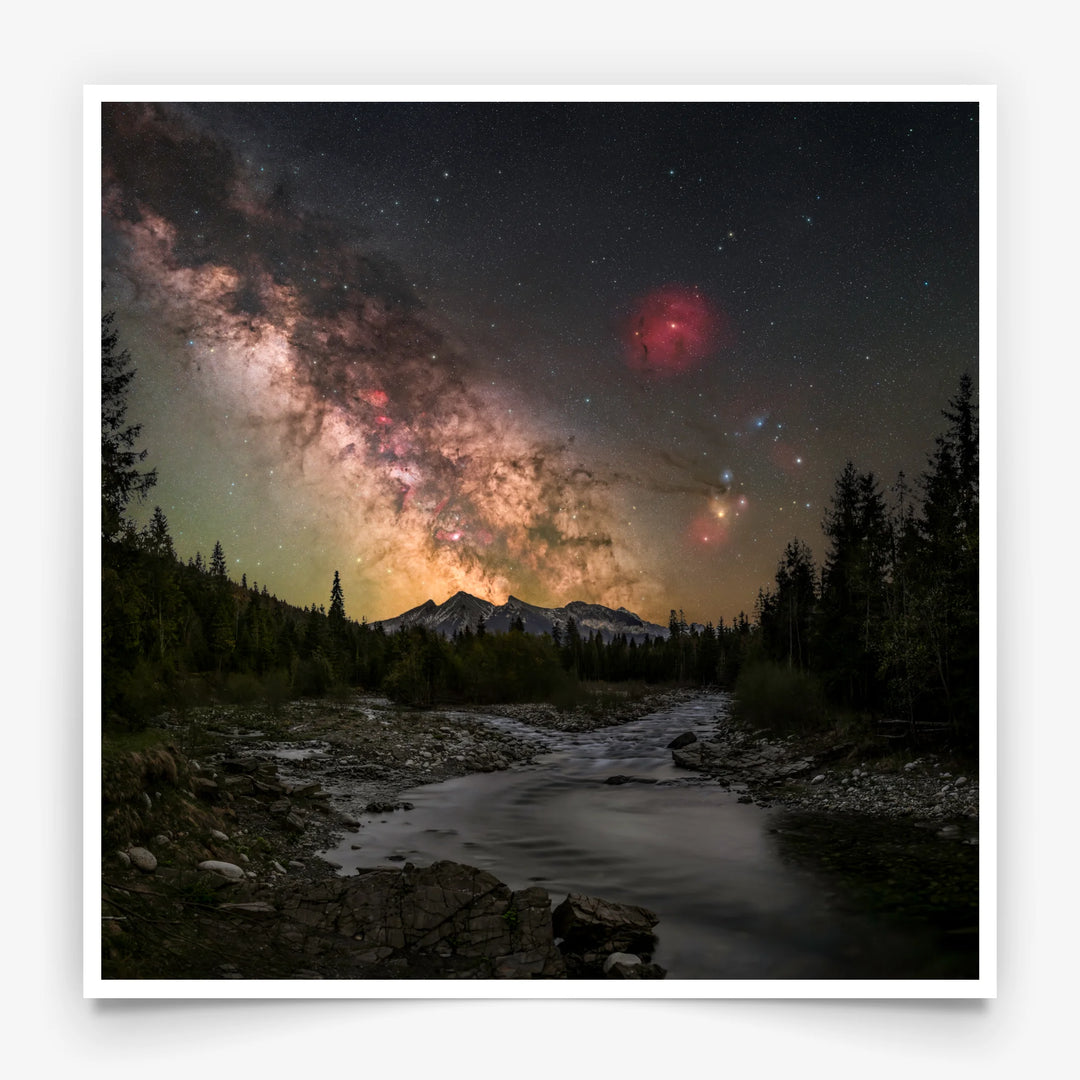
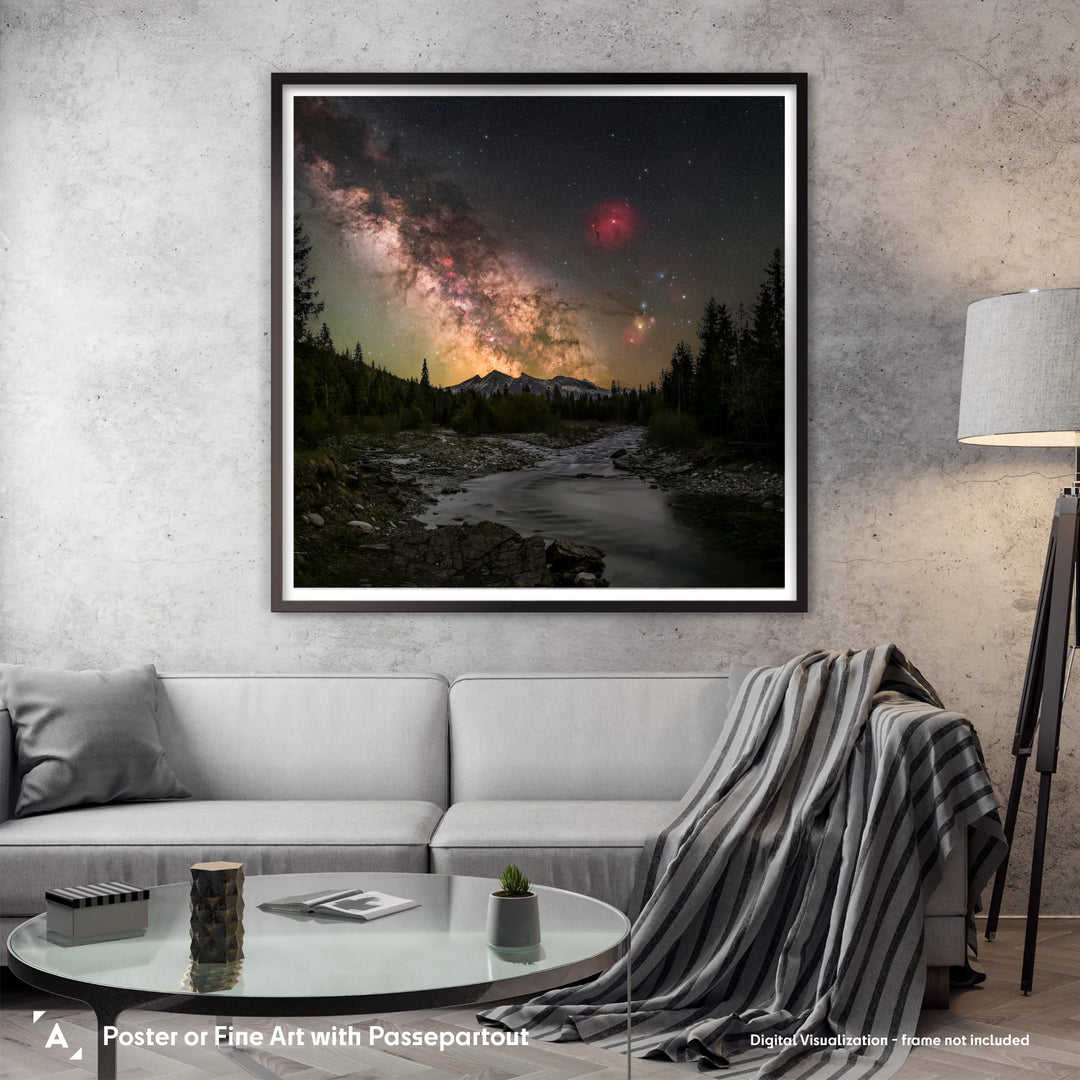
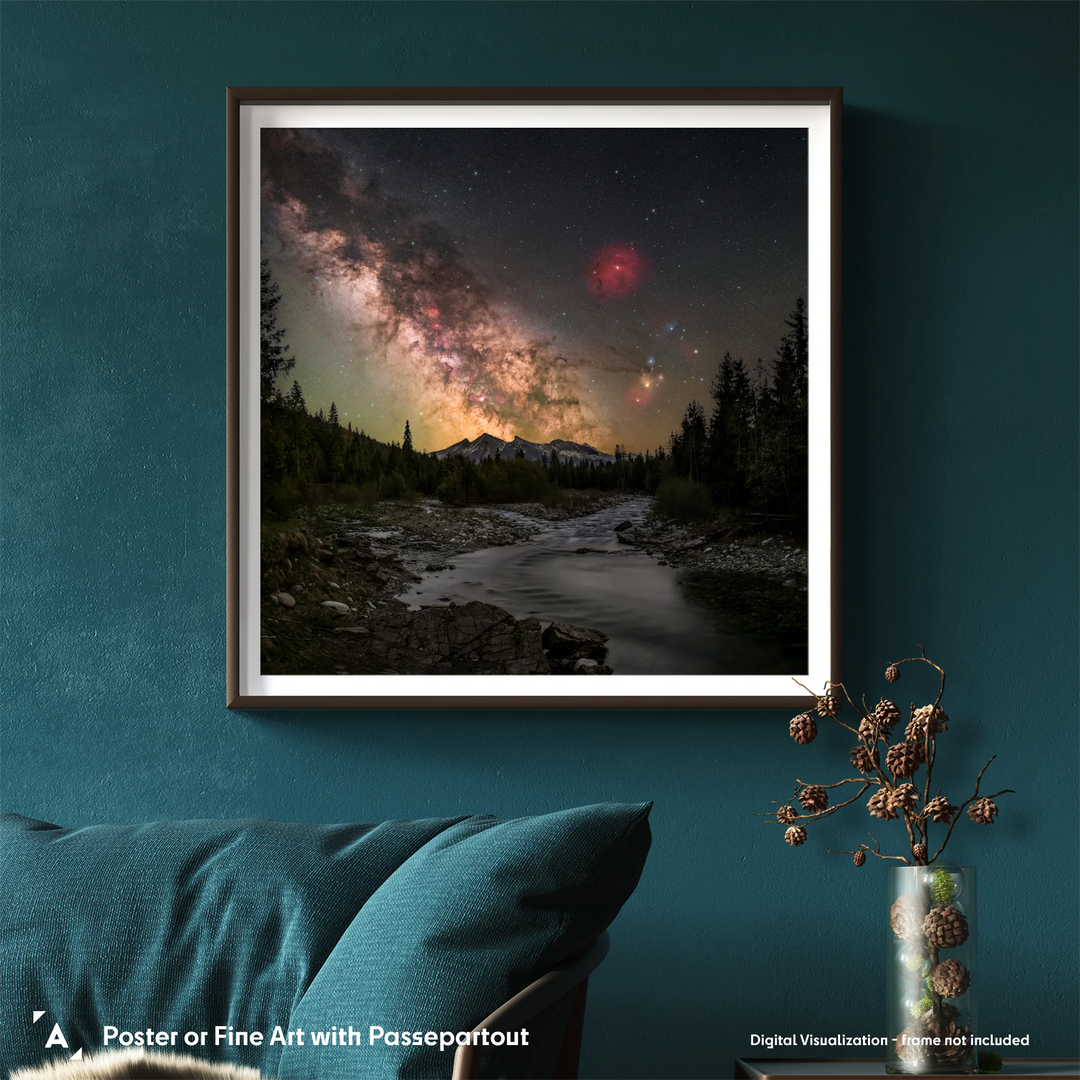
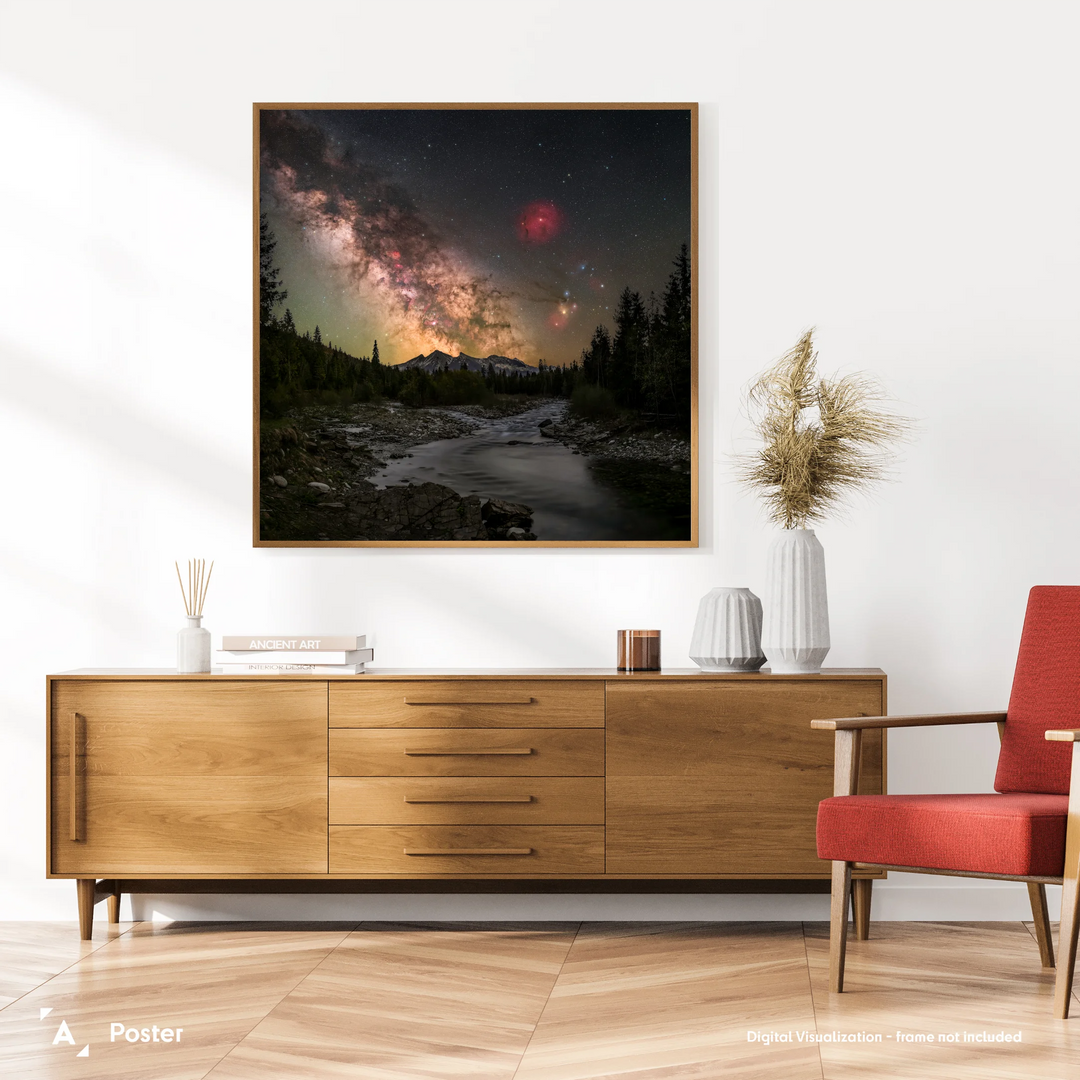
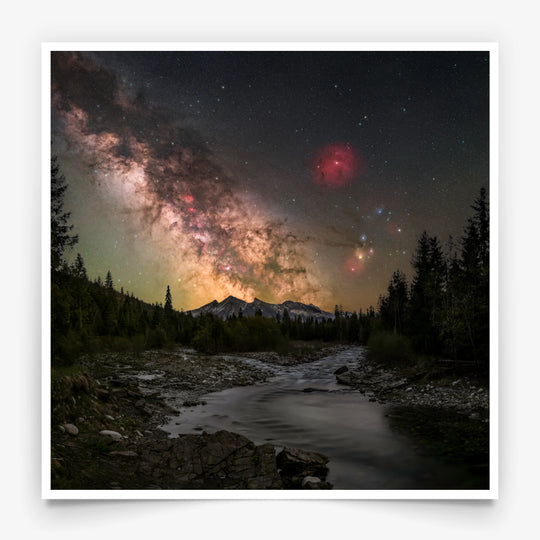
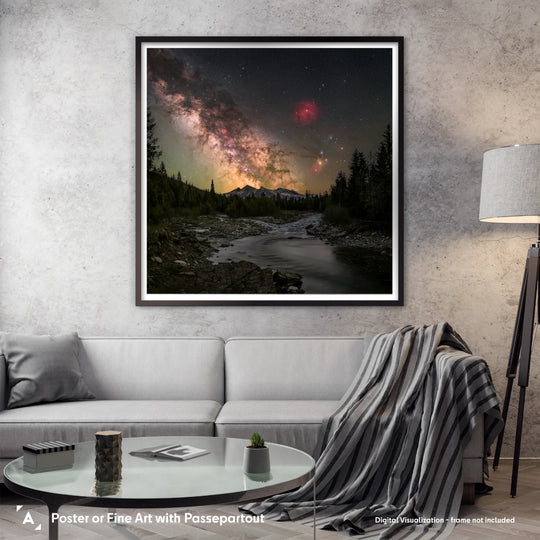
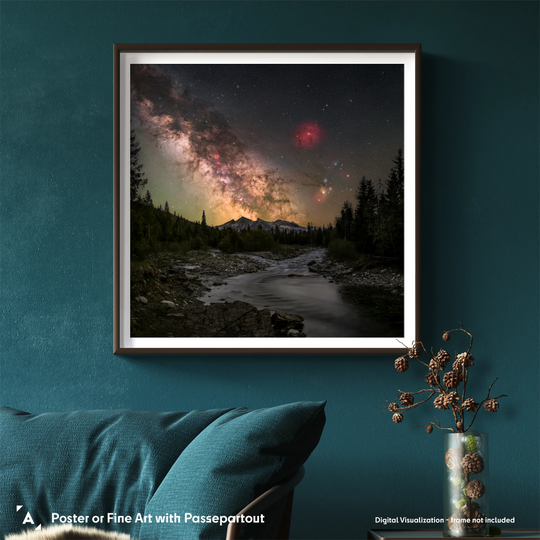
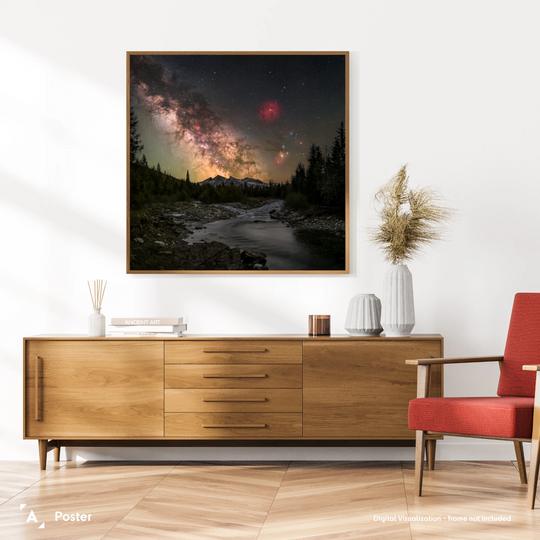

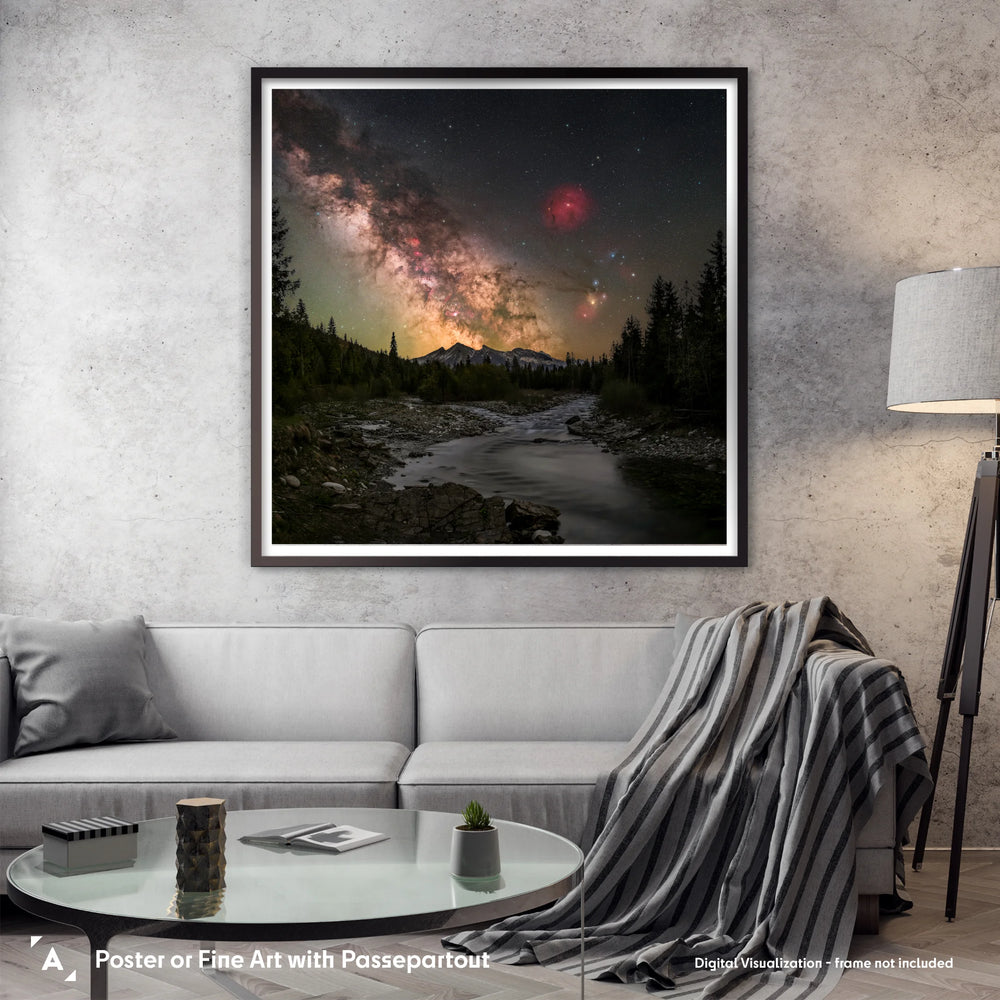


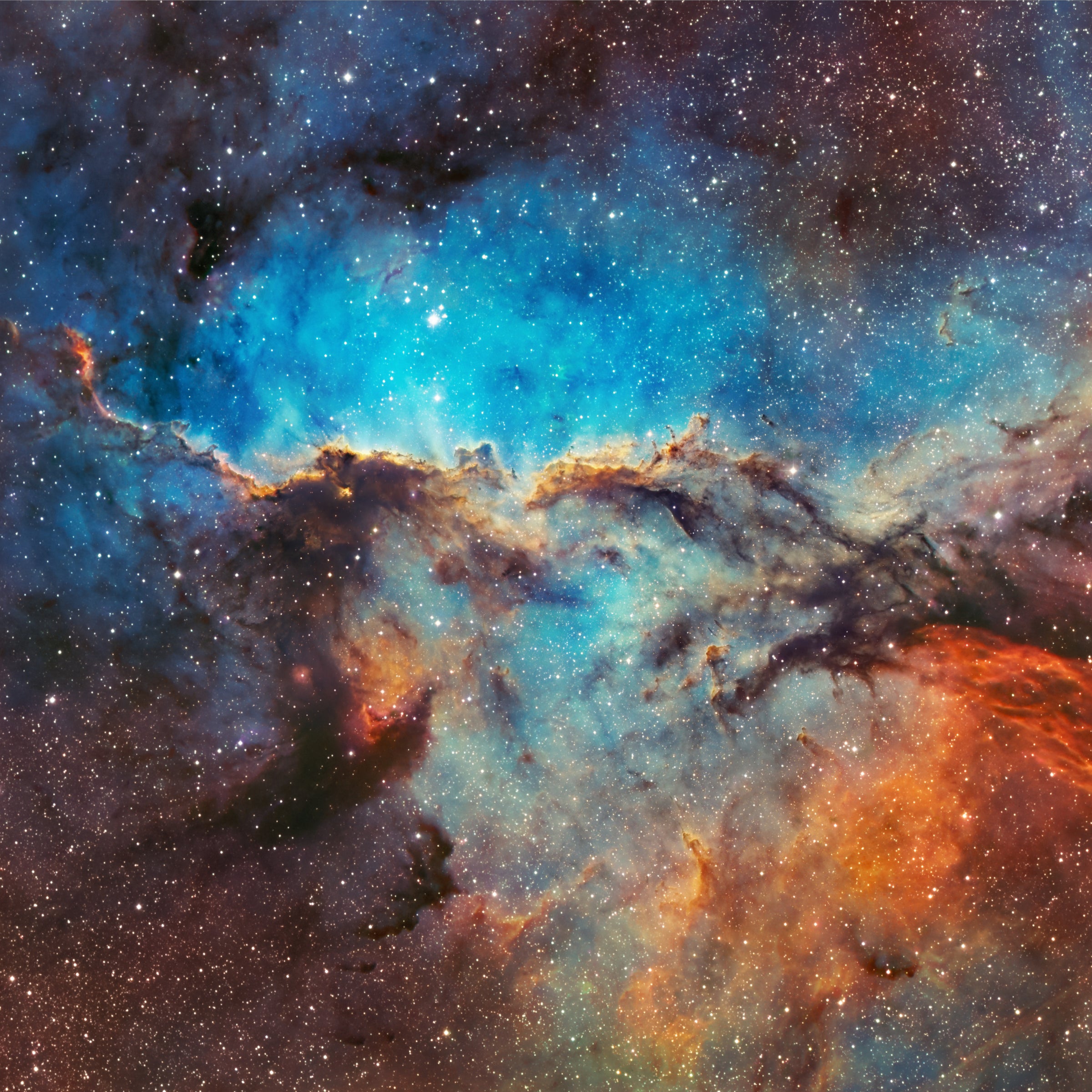
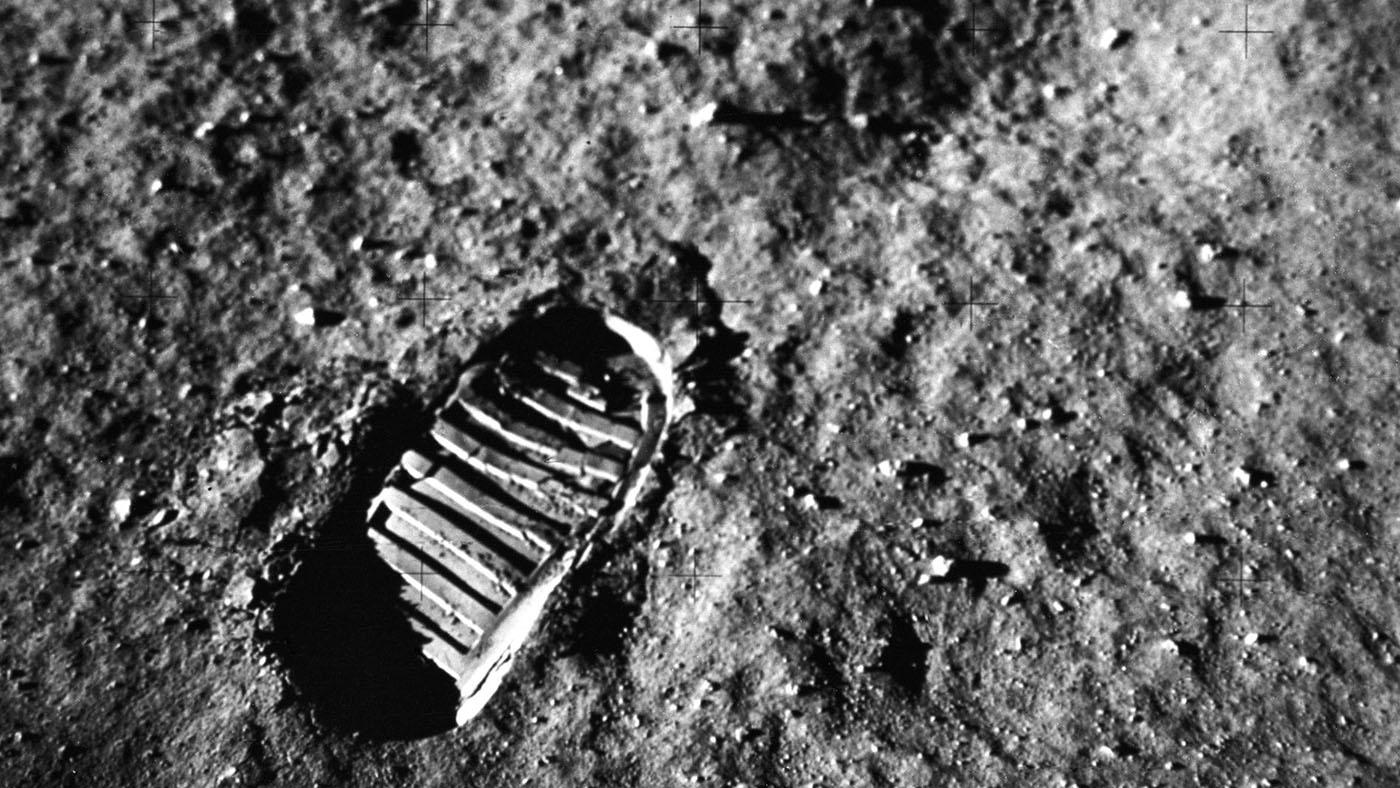
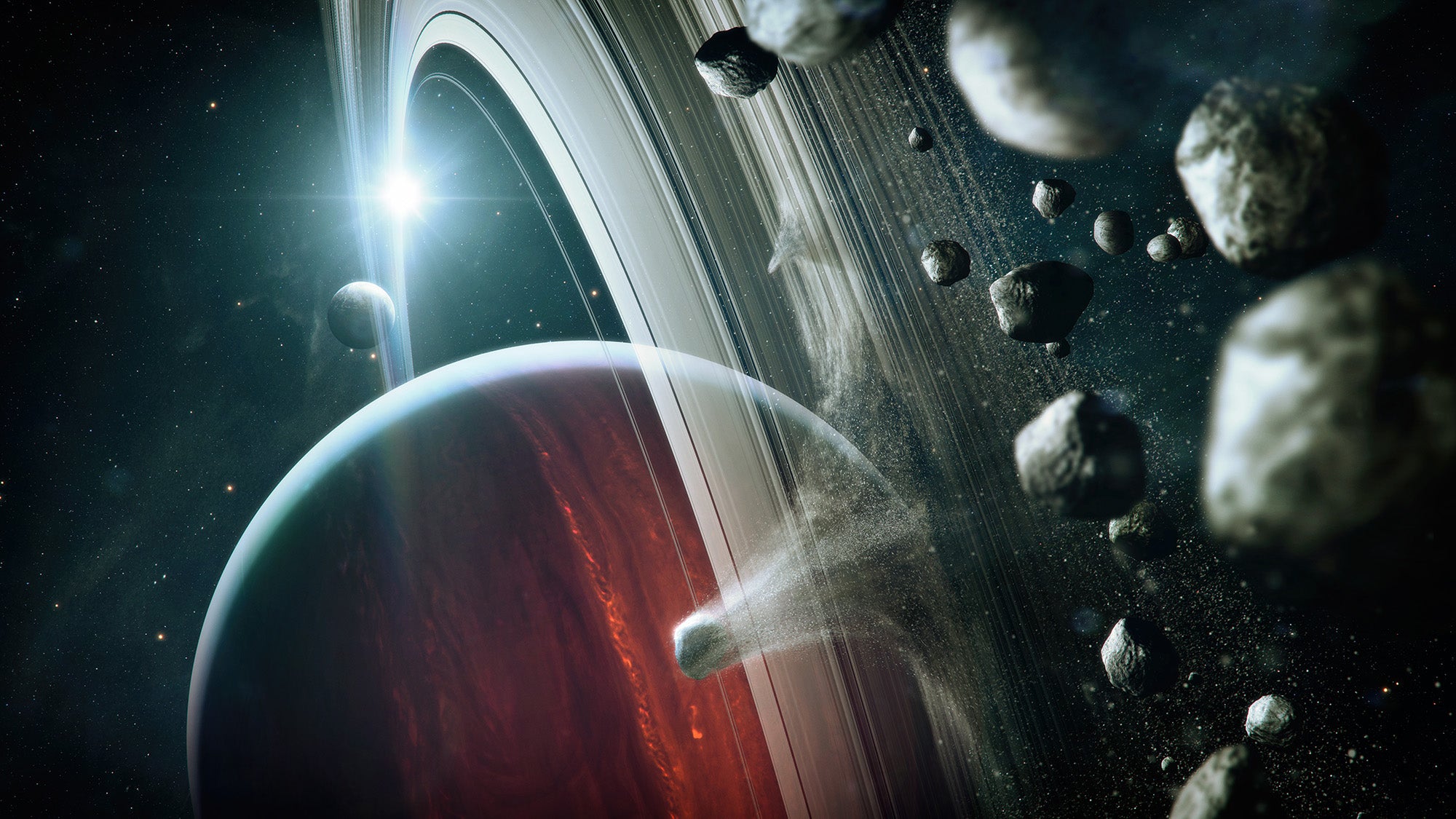
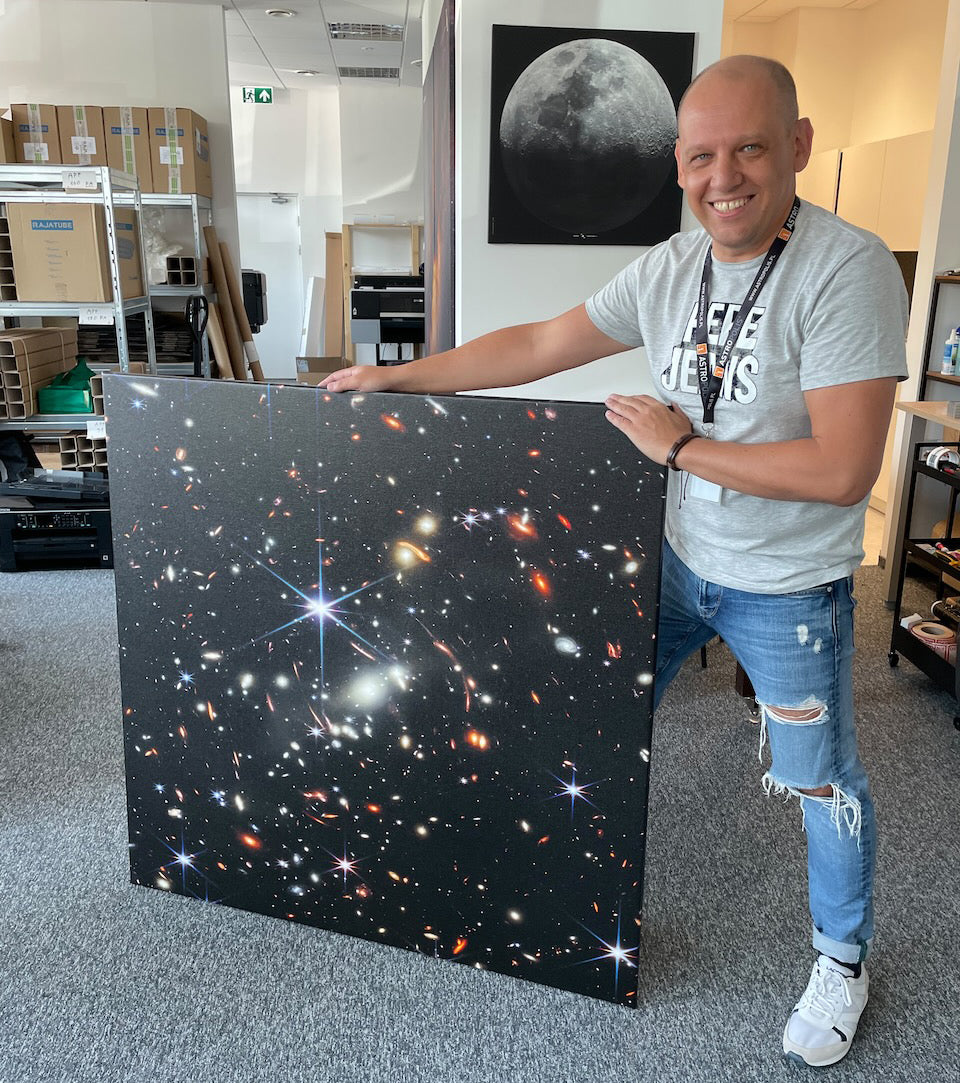
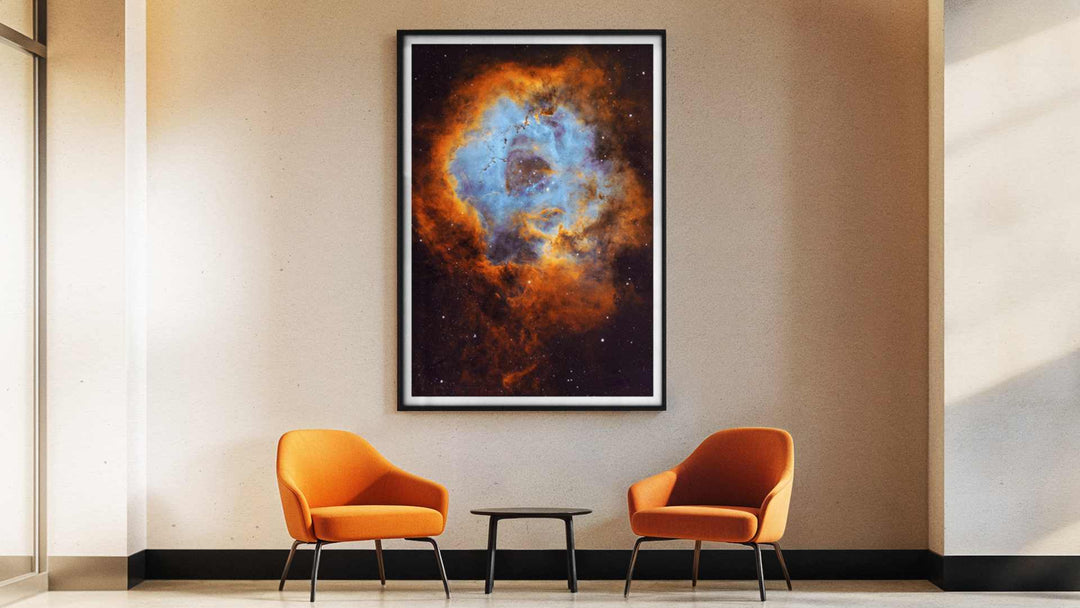
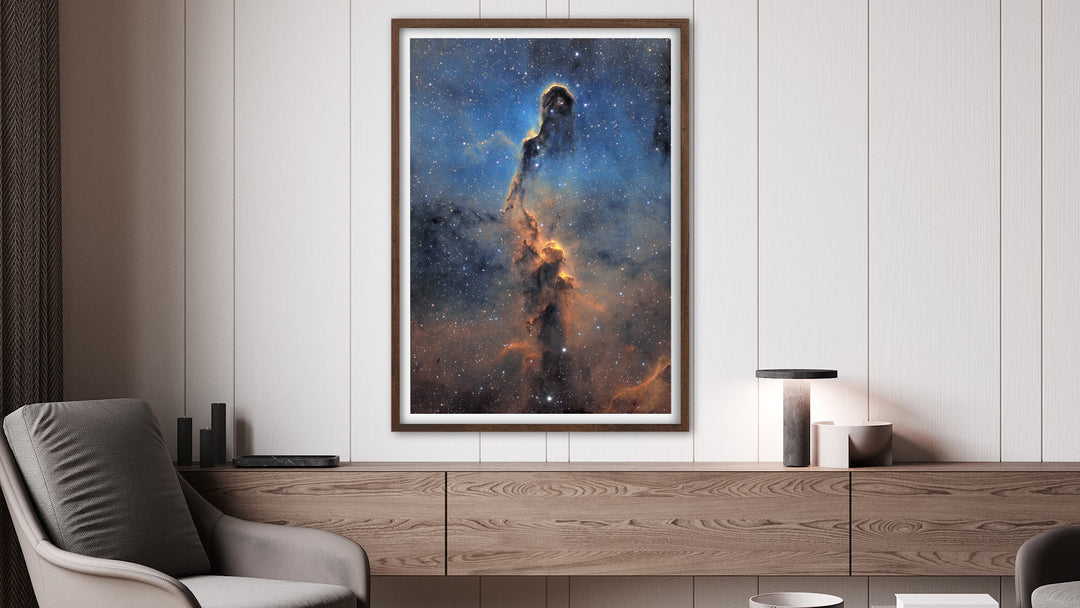
![How Space Wall Art for Home Office Creates the Ultimate Productive Workspace [Guide + Ideas]](http://astrography.com/cdn/shop/articles/wall-art-for-home-office_crab-nebula_2db40c31-05c1-437d-9089-50bb01872341.jpg?v=1755705042&width=1080)